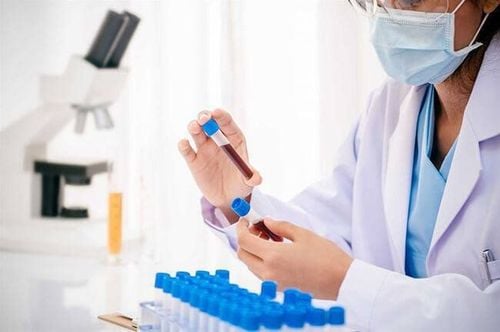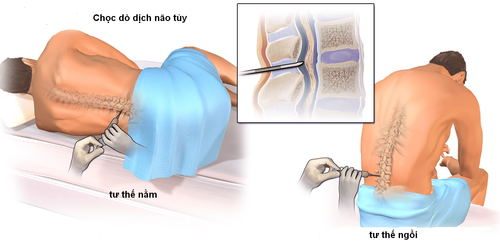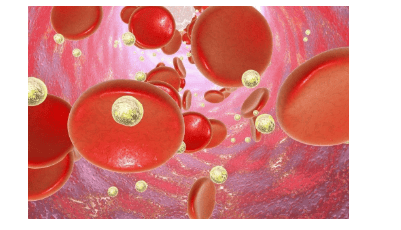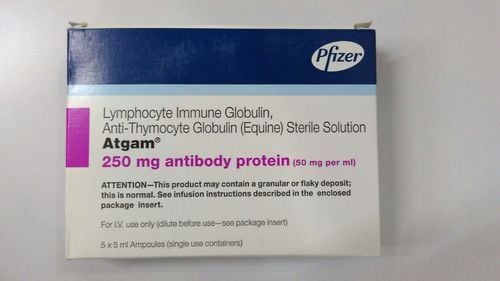This is an automatically translated article.
Red blood cells are one of the 3 parts of a cell - the component that, together with plasma, forms a liquid tissue called blood, in which red blood cells are most abundant in the blood and give the blood its red color. Red blood cells have an important role in providing adequate oxygen to the body. So what are red blood cells and how does red blood cell production take place? The article will help readers find the answer.
1. What are red blood cells?
Blood is a liquid tissue, consisting of two parts: cells and plasma. The cell consists of 3 components: red blood cells, white blood cells, and platelets. Each component has its own mission.
Red blood cells make up the most in the blood. Red blood cells contain hemoglobin, so blood is red. The main component in red blood cells is hemoglobin (Hb), which makes up 34% of its weight.
Under the microscope, red blood cells have the form of a biconcave biconcave disc, very small in size with a diameter of about 7-8 mm, a thickness of 2-2.5 mm, an average volume of 90-95 mm3. invisible to the naked eye.
With a double-concave disc shape, red blood cells have very favorable conditions to increase oxygen diffusion capacity, increase the area of the contact surface, thereby helping to easily transport oxygen everywhere in the body. .

Hemoglobin là thành phần chính trong hồng cầu
In a normal person, the number of red blood cells in the peripheral blood is about:
Men: 5,400,000 ± 300,000 /mm3.
Female: 4,700,000 ± 300,000/mm3.
2.Function of red blood cells
The main function of red blood cells is to carry oxygen from the lungs to the organs of the body.The task of transporting a part of CO2 from the tissues to be eliminated in the lungs
Helps plasma transport CO2, regulate acid-base balance
Red blood cells transport fatty acids, amino acids and glucose from the small intestinal microvilli to the small intestine. cells and organs of the body.
The body has enough red blood cells, the skin and mucous membranes will have a healthy, very characteristic pink color. If the lack of red blood cells means anemia, the skin and mucous membranes will be pale, pale, sluggish, fatigue, poor concentration, memory loss,...
Anemia, bleeding or other red blood cell disorders is when There is a problem with the red blood cells.
3.Participants to make red blood cells
Bone marrow produces red blood cells under the control of erythropoietin (EPO). Paraglomerular cells produce erythropoietin and increase androgen levels to deal with hypoxia.
In the process of producing red blood cells, in addition to EPO, other substances such as iron, vitamin B12 and folate are needed to participate in the synthesis of cell division DNA. The daily requirement of B12 in a person is 1-3 mg.
Protein has the function of synthesizing globin chains and structural components of red blood cells
4. How does the production of red blood cells take place?
The life cycle of red blood cells ranges from 90 to 120 days. After 120 days, the red blood cells lose their membranes and are eliminated from the circulation by phagocytosis in the spleen, liver, and bone marrow. After erythrocytes are phagocytosed, hemoglobin is degraded, the end product is bilirubin, and iron and protein are reused.
On average, about 200-400 billion red blood cells will die every day. To maintain a steady red blood cell count, the bone marrow then releases a new batch of red blood cells to replace the dead ones.
Every day red blood cells are born at the rate of 1/120 cells, the immature red blood cells that are released continuously into the blood account for about 0.5-1.5% of the red blood cell count.
5. How to supply red blood cells to the body?
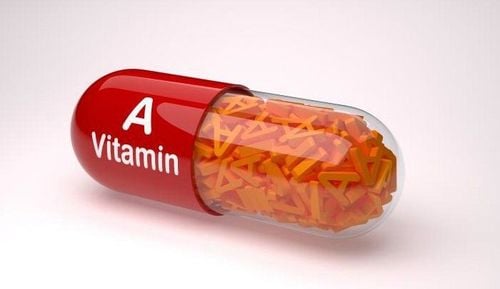
Bổ sung vitamin A giúp hồng cầu đang phát triển được tiếp cận đủ lượng sắt cần thiết
Daily nutrition is an important factor to determine the number of red blood cells produced in the best way for the body.
Supplementing with protein-rich foods found in foods such as meat, eggs, milk,...
Supplementing with folic acid from dark green vegetables, using whole grains, and increasing fruit consumption such as: bananas and melons, or beef liver and kidney.
Supplement in meals with iron-rich foods such as red meat, tofu, liver, sugar beets,...
Functional food products can be used, but only when there is prescribed by a doctor, do not buy and use it yourself.
Add vitamin A so that developing red blood cells have access to the iron needed to make hemoglobin. Some foods rich in vitamin A are found in sweet potatoes, pumpkins, carrots, grapefruits, watermelons, cantaloupe,...
Regular exercise, brisk walking, jogging, doing exercises Moderate use helps stimulate the body to produce red blood cells and hemoglobin.
Do not smoke, drink alcohol because stimulants, alcohol will make the blood not circulate properly, which will make it difficult to bring oxygen to the body, reducing the production of red blood cells.
In the case of severe anemia, the fastest way is to transfuse blood directly into the patient's body.
Vinmec International General Hospital is one of the hospitals that not only ensures professional quality with a team of leading medical doctors, modern equipment and technology, but also stands out for its examination and consultation services. comprehensive and professional medical consultation and treatment; civilized, polite, safe and sterile medical examination and treatment space. Customers when choosing to perform tests here can be completely assured of the accuracy of test results.
Please dial HOTLINE for more information or register for an appointment HERE. Download MyVinmec app to make appointments faster and to manage your bookings easily.




